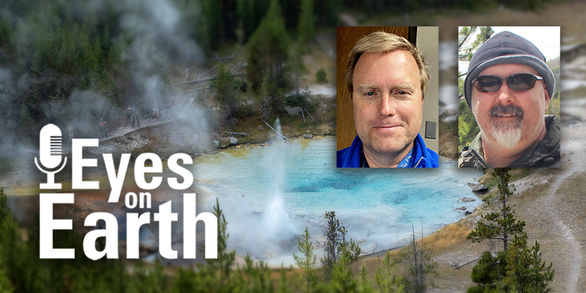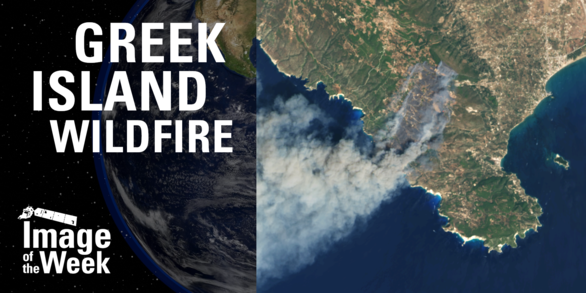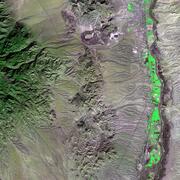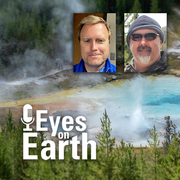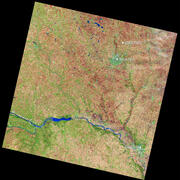NLCD: Landscape Info Supporting Our Safety and Economic Well-being
Browse examples from energy to agriculture
Landsat's Economic Value Increases to $25.6 Billion in 2023
A new report details additional billions of indirect benefits
AI Improving USGS Science and Efficiency
New techniques made reinvention of Annual NLCD possible
Eyes on Earth
Eyes on Earth is a podcast on remote sensing, Earth observation, land change and science, brought to you by the USGS Earth Resources Observation and Science (EROS) Center.
Landsat satellites - A Pillar of Land Remote Sensing
Helping the World Through Science
Billions of people live unaware of a far-off USGS facility working every day to improve their lives
Earth Resources Observation and Science (EROS) Center
The U.S. Geological Survey's (USGS) Earth Resources Observation and Science (EROS) Center in Sioux Falls, South Dakota, is a global leader in land imaging, using remotely sensed data to track how Earth is changing. EROS provides reliable, science-based information to help decision-makers understand how shifts in land use, cover, and condition affect people and the environment.
This work is supported by an authoritative national archive of Earth observation data—housing more than 85 years of satellite and aerial records, including the complete Landsat collection. As the operational home of Landsat 8 and 9, EROS delivers daily observations that inform natural resource assessments, support national security, and help communities prepare for the future.
EROS Quick Links
Find frequently visited webpages below.


